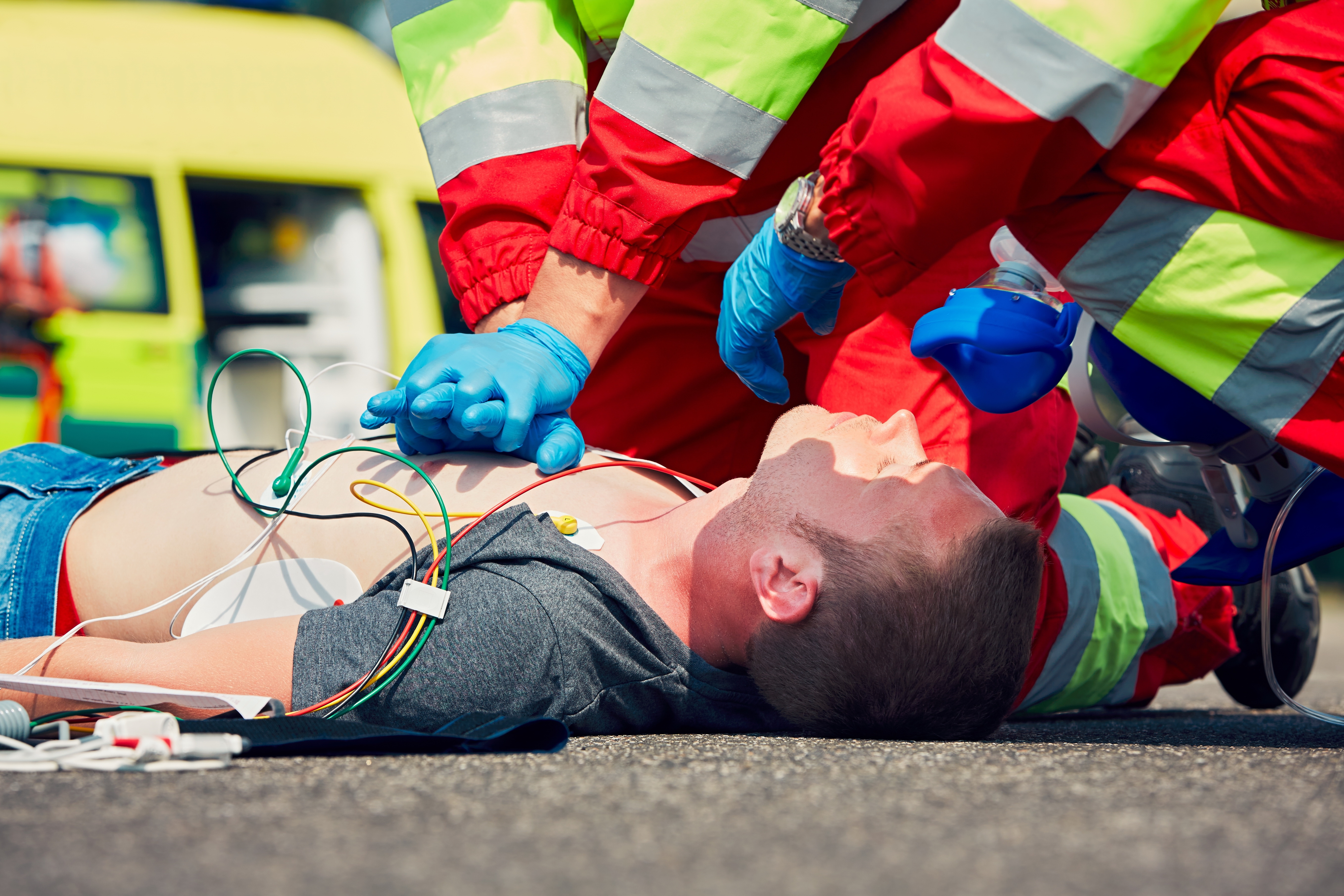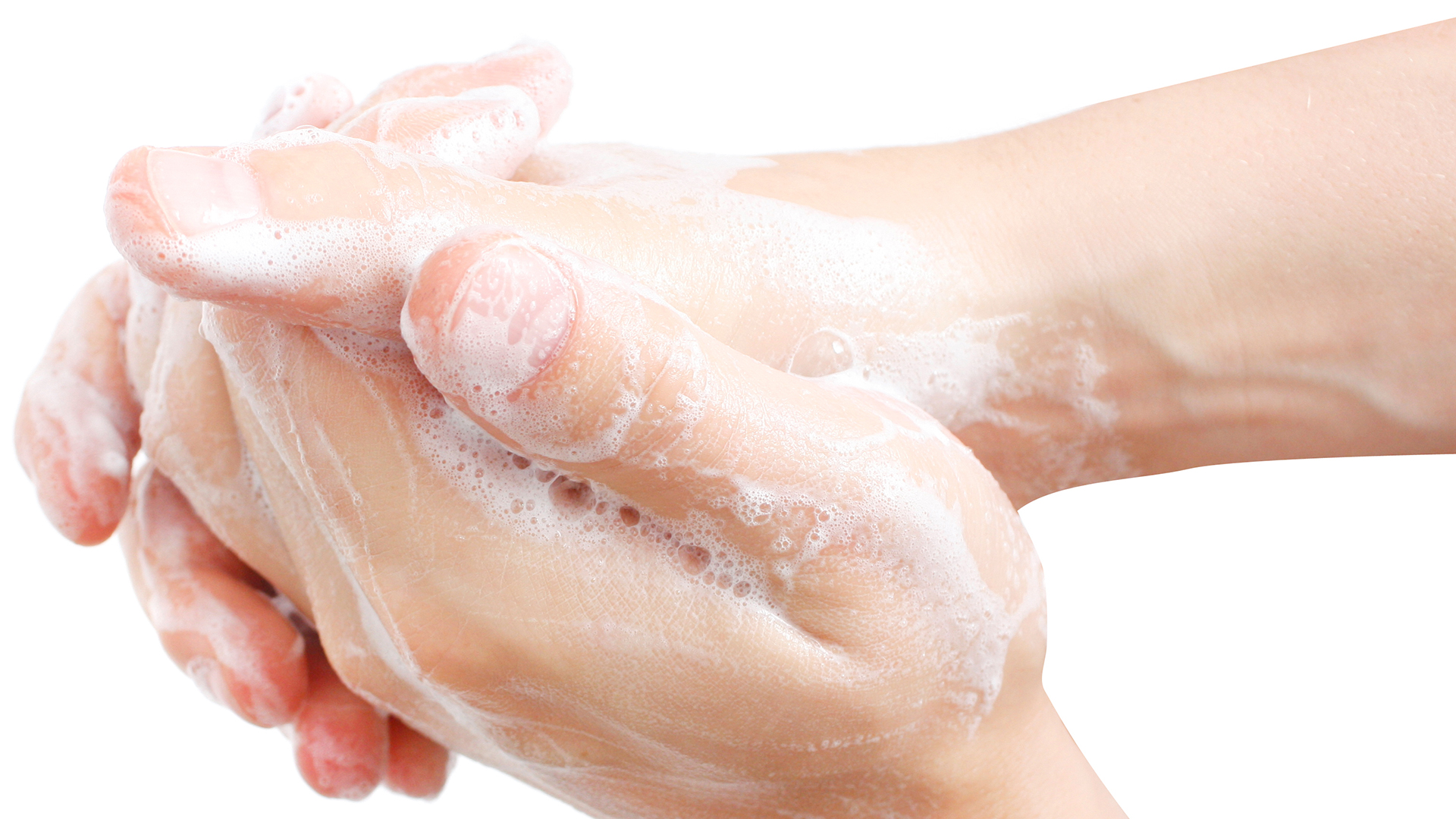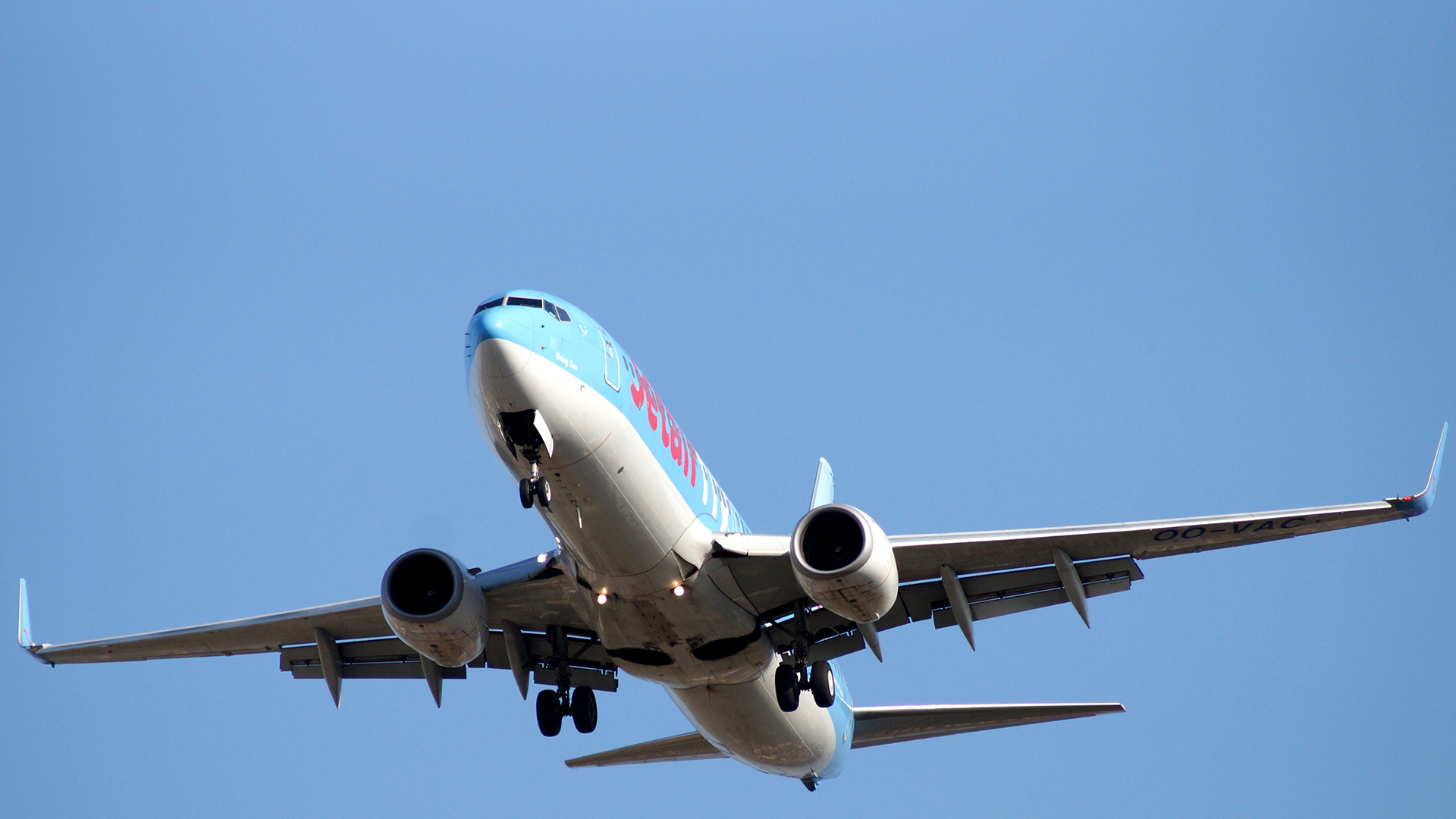Terri Bogue
January 12, 2018
No Comments
Every day, thousands of bioterrorists go into work. They are normal people like you and me, but they are also harboring a biological contaminant that kills up to 650,00 people. Despite this threat, little is being done to stop these bioterrorists and protect our health.
As the prevalence of the flu increases, we have come to expect hospitals to implement flu restrictions for visitors. This may mean that people younger than 18 years old or anyone other than immediate family members are not allowed to visit patients in hospitals. This restriction is implemented to help reduce the risk of the flu for patients, visitors, and staff. These restrictions can be bothersome, but in general, they have become an expected part of the flu season.
The flu, also known as influenza, is a respiratory illness caused by one of the multiple and ever-changing influenza viruses. These viruses infect the nose, throat, and lungs, making them very different from stomach illness we all grew up calling “the flu.”
Influenza has a season that is unpredictable and varies by year and geographic location. It typically starts in late fall and continues through winter, although sometimes it can continue through the spring. The flu is not just a bad cold, the flu can result in hospitalizations and even death. According to the World Health Organization, up to 650,000 people die of respiratory diseases linked to seasonal flu each year.
The flu is spread by tiny droplets that spray when people cough, sneeze or talk. These droplets can land in the mouth or nose of nearby people, causing them to develop the flu themselves. Less commonly, you can contract the flu by touching an object or surface that the flu virus has landed on and then touching your own mouth, nose, or eyes. The flu is contagious beginning one day before symptoms develop and up to seven days after becoming sick. The period of greatest risk of spreading the flu is the first three to four days after symptoms begin. Once exposed to the flu, symptoms begin within one to four days if you are susceptible to the specific influenza virus.
One way we can protect ourselves from the bioterrorists is by getting a flu vaccination. While the vaccination will not guarantee you will not get the flu, it does mean that, if you get the flu, it should be less severe than it would be had you not been immunized. Remember, the flu can cause hospitalizations and death for a significant number of people.
At this point, you should be wondering how the flu relates to bioterrorism. Bioterrorism is the deliberate release of viruses, bacteria, toxins or other harmful agents to cause illness or death in people, animals, or plants. When you have the flu, you are releasing the influenza virus with every cough, sneeze, and possibly every word you speak. Many of us continue to work, shop, and interact with others when we have the flu. Some of this feels like a necessity; we are expected to show up to work, we have important meetings, we may not have the time available to take off work, we need to keep our jobs. This is all true; however, showing up to work or meetings or other events places everyone you interact with at risk to contract the flu. Knowing that we are contagious each time we interact with others we put them at risk of illness, thus the idea of working with the flu as bioterrorism.
The second way we can protect ourselves from the flu is by encouraging our friends, coworkers, and family members that caring for their health and those they come in contact with is more important than the work they do. Too frequently we are taught that not missing a commitment or a day of work/school is imperative. This has led to all of us taking medication to treat the symptoms of the flu so that we can do the things we need to do without feeling as ill. While we may feel better when we take these medications, they do nothing to reduce the risk of spreading the flu. While we are told that work and attendance is extremely important, we also are told that we need to be compassionate and caring to our fellow man. Somehow these two beliefs come into conflict when we are sick. We feel compelled to work, and we do not want to make others sick. How do we balance these issues?
Staying home and taking care of yourself when you are sick is the best thing you can do for yourself and those you come in contact with. This gives your body the time and rest it needs to recover and prevents the spread of the flu. What about the stress of missing work? Some employers have started allowing extended sick time when employees have the flu. While this is not widespread currently, it definitely is a benefit to the employee, the company, and society. Requiring or even encouraging people to work with the flu supports bioterrorism in your own community. We must find ways to support one another and our society.
The flu can be a very serious illness. Preventing the spread stops the bioterrorism that is rampant in America today.








